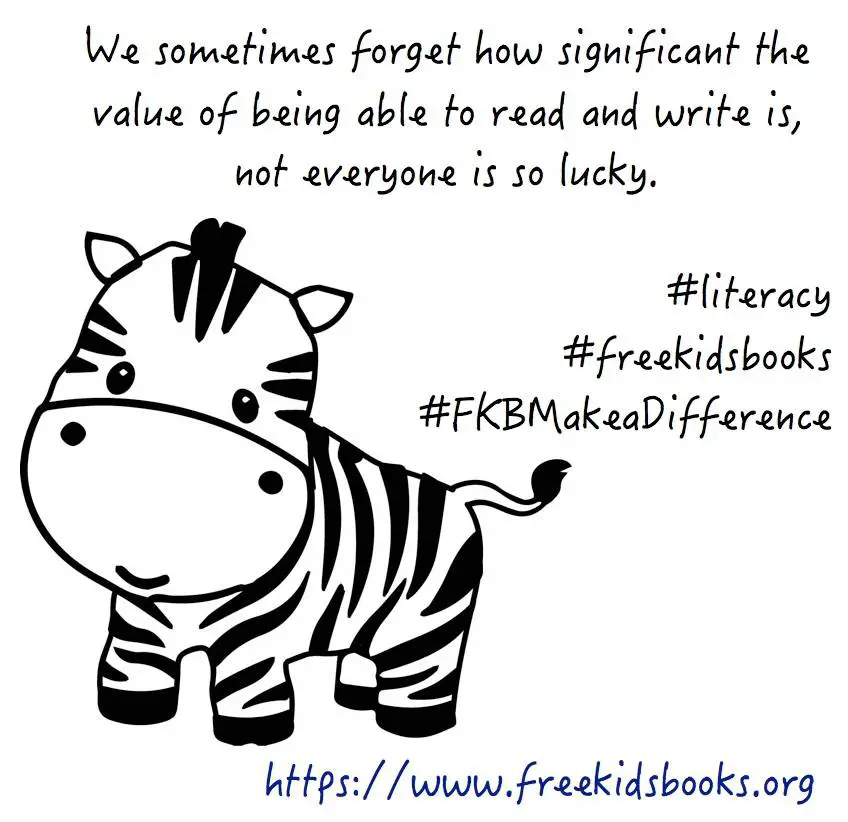 Distance learning made it harder for kids to stay engaged and up-to-date in STEM classes. Teachers need to look for new ways to motivate students to solve practice problems and retain theoretical concepts. Parents, too, tend to get stressed seeing their child struggling to grasp ideas in the classroom.
Distance learning made it harder for kids to stay engaged and up-to-date in STEM classes. Teachers need to look for new ways to motivate students to solve practice problems and retain theoretical concepts. Parents, too, tend to get stressed seeing their child struggling to grasp ideas in the classroom.
To engage elementary and middle school students learning STEM subjects, it’s a good idea to integrate games and stimulating platforms into the curriculum. In this post, we will take a look at top tools that help kids quickly and playfully grasp key computer science concepts.
5 Best Books To Teach Kids Coding
While it’s not the most engaging way to learn computer science, textbooks are still a helpful tool to use for reference classrooms and at home. Since they are easy to navigate, students can quickly find pages explaining specific concepts and apply theoretical knowledge to solve practice problems at home.
Besides, engaging books can be just as fun as a Youtube video or a coding game.
Here are the list of our favorites:
- Hello, Ruby: Adventures in Coding. This is a cute and witty Ruby textbook that introduces younger students to basic and intermediate concepts like computational thinking or pattern recognition. The storybook features a female protagonist, a girl named Ruby, who is relatable to younger girls and can help fight preconceived notions against getting into STEM.
- Introduction to Machine Code For Beginners. This is one of the “old-but-gold” resources that give young readers clear and engaging answers to questions like “How do computers work?” or “What is a program?”. Recently, the team behind Introduction to Machine Code For Beginners released their iconic titles for free – check the PDFs out.
- Python For Kids. High-level Python tutorials aren’t all that engaging for younger students, so Jason Briggs found a way to spice things up. In “Python For Kids”, the author goes the extra mile to explain the key OOP principles and walk kids through the syntax of the language.
- My First Coding Book is a playful introduction to computer science, enjoyable and easy-to-grasp even for 5-7 year-olds. To learn the basic CS concepts by the book, kids don’t need a computer – Kiki Prottsman uses interactive paper puzzles to introduce toddlers to algorithms, variables, and other coding fundamentals.
- HTML For Babies. Most K12 curriculums introduce kids to coding by teaching them markup. HTML is the most basic technology in computer science but, to a kid, is not exactly straightforward. To make sure students are engaged when building basic apps and using tags, add “HTML For Babies” to your learning resource list. The book embraces a goofy tone of voice to teach younger students the basics of markup and is chock-full of witty practice problems.
Best Platforms to Teach Kids Coding
A good textbook is an important stepping stone towards introducing kids to CS. However, you can go a step further and show younger students what they can accomplish by coding – create games from scratch, build simple websites, and solve problems creatively.
The platforms below do a great job at introducing kids to the magic of coding:
- Codegym. It’s a practice-driven platform for learning Java coding that wins the hearts of younger students with short and engaging lessons. By learning Java on Codegym, K12 students will get a grasp of OOP, Java Core, and higher-level concepts like lambda or multithreading. Also, Codegym has a coding game catalog where young CS learners can build (and play) 2048, Hungry Snake, and other amazing titles step by step.
- CodeMonster. This platform helps CS teachers teach kids JavaScript in a fun, gamified way. With younger students in mind, Code Monster lessons are short, engaging, and taught by a goofy monster. With its playful tone of voice, the platform does a terrific job at improving concept retention and keeping learners motivated.
- Blockly. This CS learning platform introduces kids to programming concepts through a wide range of puzzle games. Spanning through the K12 curriculum, Blockly keeps students glued to practice problems with a gamified drag-and-drop interface and stories with unexpected twists and turns.
- CodaKid. Building games gets a lot of kids excited in programming. CodaKid picked up on this trend and built a CS course out of it. Here, elementary and middle school students will find hundreds of engaging tutorials and practice problems, teaching them how to build games, Minecraft mods, and simple websites.
- CodeCombat. Battle royale video games are riding high right now – teachers and parents can use it to their advantage by introducing kids to CodeCombat instead of Fortnite. This is a multiplayer game that asks players to get out of a twisted labyrinth. Along the way, kids will meet terrifying monsters and defeat them by writing basic Java and JavaScript code. The multiplayer element motivates competitive students to stay on top of the leaderboard, improving both motivation and concept retention in the classroom.
The Bottom Line
Coding is a creative and fun skill – however, high-level tutorials might be off-putting to younger learners. To keep kids interested in CS, teachers should look for ways to make abstract concepts relevant and applicable in engaging ways.
By introducing CS students to books and platforms listed above, parents and teachers will improve classroom engagement and encourage kids to retain ideas better by solving practice problems at home.










